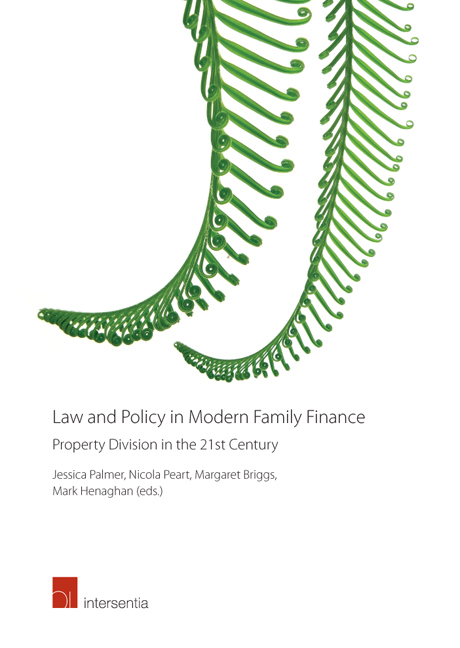Book contents
- Frontmatter
- Foreword
- Acknowledgements
- Contents
- Table of Cases
- List of Contributors
- Chapter 1 Introduction
- PART I WHO SHOULD BE COVERED BY A PROPERTY SHARING REGIME?
- PART II WHAT PROPERTY SHOULD BE COVERED BY A PROPERTY SHARING REGIME?
- PART III HOW SHOULD PROPERTY BE SHARED AT THE END OF A RELATIONSHIP?
- Index
Chapter 1 - Introduction
Published online by Cambridge University Press: 29 September 2018
- Frontmatter
- Foreword
- Acknowledgements
- Contents
- Table of Cases
- List of Contributors
- Chapter 1 Introduction
- PART I WHO SHOULD BE COVERED BY A PROPERTY SHARING REGIME?
- PART II WHAT PROPERTY SHOULD BE COVERED BY A PROPERTY SHARING REGIME?
- PART III HOW SHOULD PROPERTY BE SHARED AT THE END OF A RELATIONSHIP?
- Index
Summary
Marriage traditionally gives rise to property consequences, sometimes during the marriage, but nowadays more often when the marriage ends either during the lifetime of the parties or because one of them has died. In the European civil law jurisdictions, the property consequences take the form of an entitlement to an equal share of property classed as matrimonial property. These regimes, commonly referred to as community property systems, apply in default of agreement between the parties on divorce as well as on death.
The common law approach to the property consequences of marriage differs significantly from the civilian approach. Following the abolition of the unitary principle of marriage by the Married Women ’ s Property statutes in the late nineteenth century, a separate property system applied in the common law jurisdictions. Each spouse was entitled to retain assets he or she had brought in to, or acquired during, the marriage. Marriage did not give rise to a property interest in any of the assets of the other spouse, not even the family home. However, by the mid-twentieth century, concerns about the adverse effects of the separate property system, particularly for women and dependent children, persuaded the legislatures in Australia, New Zealand, and England and Wales to pass legislation giving the courts discretion to adjust title to property between former spouses on separation and divorce. Australia and England and Wales still operate this individualised system of property adjustment, based on principles developed by the courts.
England ’ s Matrimonial Causes Act 1973 lists a number of matters to which the court must have regard when making property adjustment orders on divorce, of which the welfare of any minor child of the family is the ‘ first consideration ’. The Act does not state what the aim of the court ’ s exercise of discretion should be. The courts have inferred that the implicit objective of their power is ‘ to achieve a fair outcome ’ for the parties involved.
- Type
- Chapter
- Information
- Law and Policy in Modern Family FinanceProperty Division in the 21st Century, pp. 1 - 10Publisher: IntersentiaPrint publication year: 2017



